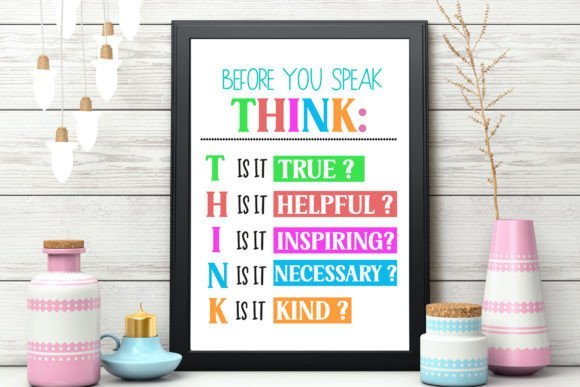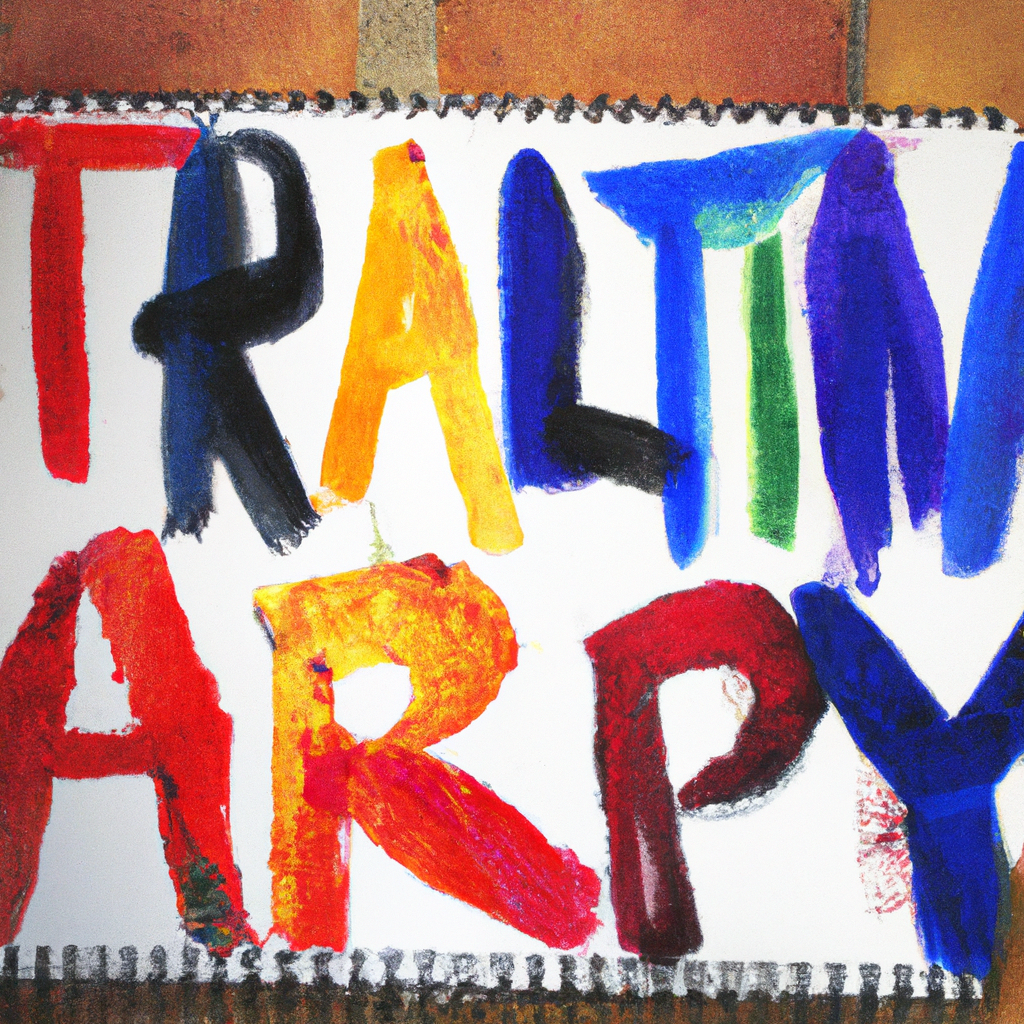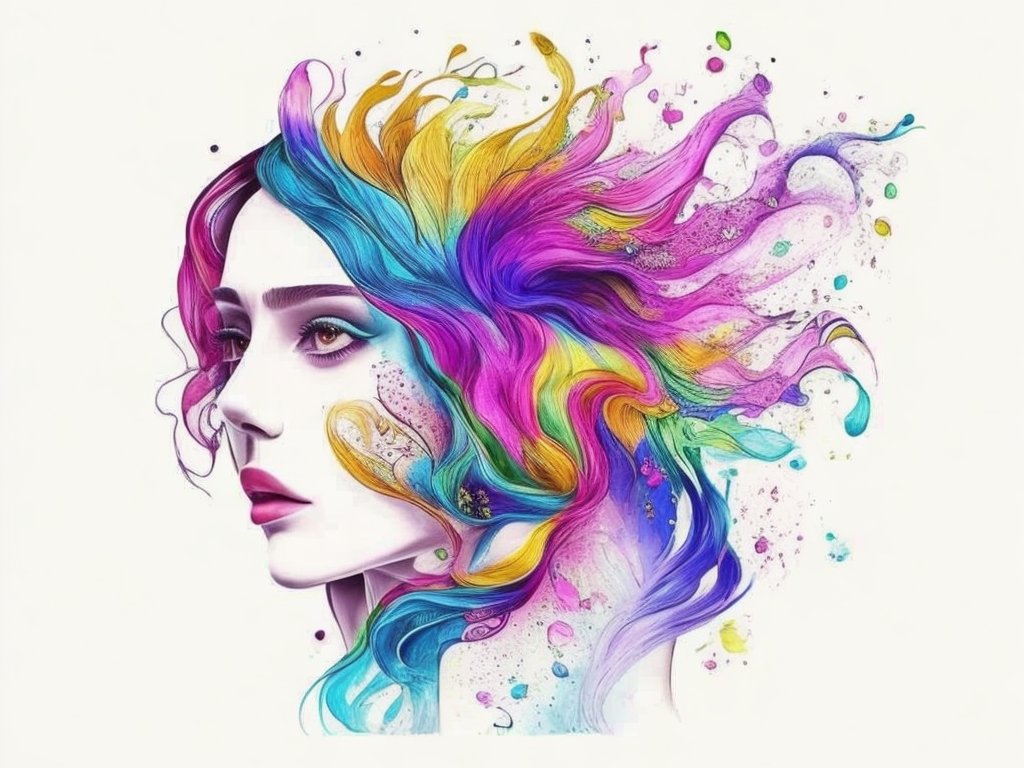6 Boutique Wine for Only $6.99/bottle![]()
What are the benefits of using art therapy for personal growth?
1. Helps one gain insight. Art therapy allows individuals to gain insight into their thoughts and emotions, as expressions in art can provide clues and symbols to further explore these areas. 2. Encourages creativity and self-expression. Art therapy encourages creative self-expression and can help break down barriers that lead to self-criticism or avoidance of self-reflection. 3. Helps manage stress and anxiety. Creating art can be a creative outlet that helps manage stress and anxiety. 4. Provides an alternate form of communication. Art provides individuals with an alternate form of communication, which can be particularly useful for individuals who experience difficulty verbalizing their thoughts and feelings. 5. Helps cultivate a sense of community. Participating in an art therapy program can help foster a sense of community for individuals who are going through similar experiences. 6. Facilitates growth and healing. Through art therapy, individuals can receive support and guidance, learn coping skills, and gain insight which can lead to personal growth and healing from trauma.Exploring Chinese Art Traditions
Chinese art holds a profound history that spans thousands of years, reflecting the nation’s rich cultural heritage and spiritual traditions. Rooted in Confucian and Taoist philosophies, Chinese art emphasizes harmony, balance, and a deep connection with nature. When integrated into art therapy practices, these art forms can offer individuals a transformative path towards personal growth, self-discovery, and emotional well-being. One of the most renowned and influential Chinese art forms is calligraphy, also known as “Shufa” or “Shubi.” Calligraphy is not just a form of writing but an artistic expression that embodies the beauty of brushstrokes, rhythm, and aesthetics. The act of writing Chinese characters with a brush allows individuals to tap into their inner emotions, fostering mindfulness and tranquility. Incorporating calligraphy into art therapy sessions can serve as a meditative practice, promoting self-reflection, relaxation, and personal growth. Ink painting, known as “Shuimohua,” is another prominent Chinese art form that can be incorporated into art therapy. Ink painting utilizes a brush and ink to depict scenes inspired by nature, landscapes, and natural elements. It encourages individuals to observe and connect with the essence of their surroundings, fostering a sense of harmony and unity with the world. Through ink painting, participants can explore their emotions, express their inner thoughts, and develop a deeper appreciation for the beauty of nature. The deliberate brushstrokes and careful composition in ink painting can facilitate emotional release, self-expression, and personal growth. Chinese art traditions also encompass other forms such as seal carving, paper cutting, and pottery, each offering unique avenues for artistic exploration within art therapy. Seal carving involves carving intricate designs onto stone seals, creating personalized stamps used in calligraphy and painting. This process allows individuals to leave their mark and assert their identity, promoting self-empowerment and self-expression. Paper cutting, a delicate and meticulous art form, encourages patience and attention to detail. It can serve as a therapeutic practice, channeling focus and concentration while creating intricate patterns. Pottery, with its tactile nature, provides an opportunity for individuals to engage in a hands-on experience, fostering creativity, mindfulness, and personal growth. Incorporating Chinese art forms into art therapy practices requires guidance from trained professionals who can create a safe and supportive environment. Through the exploration of calligraphy, ink painting, seal carving, paper cutting, or pottery, individuals can delve into their emotions, express their thoughts, and cultivate personal growth. These art forms not only serve as creative outlets but also provide a window into the rich cultural heritage of China, allowing participants to connect with their roots and find inspiration from centuries of artistic traditions. Embrace the beauty and wisdom of Chinese art traditions in art therapy, and unlock a pathway to personal growth, self-discovery, and emotional well-being. By integrating the harmony, balance, and nature-inspired elements of Chinese art into therapeutic practices, individuals can embark on a transformative journey of healing, self-expression, and profound personal growth.Embracing the Artistic Spirit of France
France has a rich artistic history that has been influential in the development of art therapy. From the Impressionist movement to Surrealism and Abstract Expressionism, French art has been characterized by innovation, passion, and avant-garde movements. Incorporating these art forms into art therapy can ignite imagination and inspire personal growth. Impressionism is a movement that originated in France in the 19th century. This movement emphasized capturing the fleeting impressions of a moment, often focusing on landscapes and the effects of light. Impressionism can be incorporated into art therapy by encouraging individuals to focus on the present moment and capture their impressions through painting or drawing. Surrealism is another French art movement that emerged in the 1920s. This movement explored the subconscious mind and sought to liberate the imagination. Surrealism can be used in art therapy to help individuals explore their inner world and gain insight into their unconscious thoughts and feelings. By creating art that is dreamlike or surreal, individuals can tap into their creativity and imagination. Abstract Expressionism is an American art movement that was heavily influenced by French artists such as Henri Matisse and Pablo Picasso. This movement emphasized the spontaneous, automatic creation of art, often using large canvases and bold, gestural strokes. Abstract Expressionism can be integrated into art therapy by encouraging individuals to express themselves freely and spontaneously through art. In addition to these specific art movements, France has a long tradition of promoting the arts as a means of personal and cultural enrichment. Art museums and galleries in France are renowned for their collections of works by famous artists . By visiting these museums and galleries, individuals can gain inspiration and insight into the power of art. Furthermore, France has a rich tradition of art therapy. Many French artists and psychologists have been influential in the development of art therapy as a discipline. With a rich artistic heritage and a long tradition of promoting the arts for personal and cultural enrichment, France provides a fertile ground for exploring the healing power of art. Nurturing Self-Expression through Art Therapy
Nurturing Self-Expression through Art Therapy
Art therapy is a powerful tool for nurturing self-expression and fostering personal growth. By creating a safe and supportive environment, individuals can explore various art mediums and techniques to unlock their creative potential and express their innermost thoughts and emotions. Here are some practical tips on using art therapy for personal growth:
- Create a Safe and Supportive Space:
- Find a quiet and comfortable space where you can engage in art therapy without distractions.
- Set up your art supplies in an organized and inviting manner to create a welcoming atmosphere.
- Play soft music or use essential oils to create a calming ambiance.
- Experiment with Different Art Mediums:
- Explore various art mediums such as painting, drawing, sculpture, collage, or mixed media.
- Allow yourself to try new techniques and materials that you may not have used before.
- Don’t worry about creating a masterpiece; focus on the process of self-expression and exploration.
- Express Emotions and Thoughts:
- Use art as a means to express your emotions, thoughts, and experiences visually.
- Let go of judgment and allow your art to reflect your true feelings without censoring yourself.
- Experiment with colors, lines, shapes, and textures to convey different emotions and states of mind.
- Engage in Reflective Art Exercises:
- Use art therapy exercises like mandala drawing, self-portraits, or visual journaling to delve deeper into your thoughts and emotions.
- Reflect on your artwork and write down your observations, insights, and feelings that arise during the process.
- Practice Mindfulness:
- Engage in art-making mindfully, focusing on the present moment and the sensations of creating.
- Notice the textures, colors, and movements as you engage with your chosen art medium.
- Let go of expectations and immerse yourself fully in the artistic process.
- Seek Guidance and Support:
- Consider working with a trained art therapist who can guide you through the art therapy process and provide professional support.
- Join art therapy groups or workshops where you can connect with others who share similar experiences and goals.
- Share your artwork and thoughts with a trusted friend, family member, or therapist for additional support and feedback.
- Reflect and Learn from Your Artwork:
- Take time to reflect on your artwork and the emotions it evokes.
- Look for patterns or recurring themes in your art that may provide insights into your personal growth journey.
- Consider writing or journaling about the symbolism and meaning behind your artwork.
Unveiling Self-Discovery through Artistic Exploration
Art therapy has the remarkable ability to unveil the path of self-discovery, allowing individuals to gain a deeper understanding of themselves and their inner world. Through artistic exploration, art therapy creates a transformative process that fosters personal growth and self-awareness. Here, we will delve into the journey of self-discovery that can occur through art therapy.- Self-Expression and Authenticity: Art therapy provides a safe and non-judgmental space for individuals to express themselves authentically. Through the act of creating art, individuals can tap into their subconscious mind, accessing thoughts, emotions, and memories that may have been buried or overlooked. This process allows for genuine self-expression, enabling individuals to explore and communicate their innermost feelings, desires, and experiences.
- Unveiling Unconscious Patterns and Symbols: Artistic exploration in therapy can unveil unconscious patterns and symbols that may hold significant meaning in an individual’s life. Through the creation of art, symbols and metaphors emerge, reflecting hidden aspects of the self. The art therapist helps facilitate the exploration of these symbols, guiding individuals to unravel their personal significance and gain insight into their own thoughts, beliefs, and behaviors.
- Emotional Release and Healing: Art therapy serves as a powerful outlet for emotional release and healing. When words fail to capture the depth and complexity of emotions, art can provide a means of expressing and processing them. The act of creating art can offer a cathartic release, allowing individuals to externalize and examine their emotions in a tangible and transformative way. This process fosters emotional healing and can lead to a greater sense of emotional well-being and resilience.
- Reflection and Insight: Artwork created in therapy serves as a mirror reflecting the inner self. Through reflection and contemplation, individuals can gain valuable insights into their own experiences, thought patterns, and inner conflicts. The art therapist guides this process by encouraging individuals to explore their artwork, facilitating discussions that shed light on the underlying meanings and messages conveyed through the art.
- Empowerment and Self-Acceptance: As individuals engage in the artistic exploration of their inner world, they often experience a sense of empowerment and self-acceptance. Art therapy encourages self-discovery and self-compassion, allowing individuals to embrace their strengths, vulnerabilities, and unique identities. Through the process of creating art and uncovering personal insights, individuals can develop a deeper connection to themselves, fostering a sense of self-acceptance and appreciation.
- Integration and Growth: Art therapy provides a platform for integrating newfound insights and personal growth into daily life. Through self-discovery, individuals gain a clearer understanding of their values, aspirations, and potential. They can begin to make conscious choices aligned with their authentic selves, fostering personal growth and facilitating positive changes in various areas of life, including relationships, career, and overall well-being.
Tapping into Emotional and Inspirational Resilience
Art therapy can be a powerful tool for individuals who are looking to process their emotions and develop resilience in the face of challenges. Through art therapy, individuals can create a safe space for themselves to explore difficult emotions, heal from past traumas, and cultivate a sense of empowerment. The act of creating art can provide a cathartic release for individuals who may struggle with verbal expression. Artistic expression can be a powerful way to communicate complex emotions that may be difficult to put into words. This can be especially important for individuals who may struggle with mental health issues such as anxiety, depression, or PTSD. Art therapy can help individuals to identify and understand their emotions, as well as develop healthy coping strategies to manage them. In addition to providing an outlet for emotional expression, art therapy can also promote a sense of empowerment and resilience. The act of creating something from scratch can be incredibly empowering, especially for individuals who may feel like they have little control over their lives. By taking control of the creative process, individuals can develop a sense of mastery and self-efficacy, which can translate into other areas of their lives. Moreover, the creative process can be inspirational in and of itself. Art therapy can encourage individuals to tap into their innate creativity and imagination, which can spark new ideas and perspectives. By exploring different mediums and techniques, individuals can unlock new facets of their creativity and discover new ways of looking at the world around them. [caption id="attachment_366841" align="alignnone" width="1024"] how to use art therapy for personal growth[/caption]
how to use art therapy for personal growth[/caption]
Embracing a Journey of Personal Growth
Embarking on an art therapy journey can be a transformative and empowering experience. If you’re ready to embrace personal growth through art therapy, here are some practical exercises and prompts to help you get started:
- Daily Doodles: Set aside a few minutes each day for a “daily doodle” practice. Grab a sketchbook or a piece of paper and let your pen or pencil freely move across the page. Don’t worry about creating something specific—just let your hand and imagination guide you. This exercise allows you to tap into your creativity and explore your inner world on a regular basis.
- Collage of Self: Create a collage that represents different aspects of yourself. Gather magazines, photographs, and other visual materials that resonate with you. Cut out images, words, or phrases that reflect your values, interests, and goals. Arrange them on a piece of poster board or canvas to create a visual representation of who you are. Reflect on the different elements and what they mean to you.
- Emotion Mapping: Choose a specific emotion that you want to explore, such as joy, sadness, or anger. Use colors, shapes, lines, and textures to visually represent that emotion on a blank canvas. Allow yourself to freely express the intensity, depth, and nuances of the emotion through your artistic choices. Reflect on the artwork and notice how the process of creating it affects your emotional state.
- Guided Imagery: Close your eyes and imagine yourself in a peaceful, serene place. It could be a beach, a forest, or any other location that brings you a sense of calm. With that image in mind, create a piece of art that represents that tranquil space. Use colors, textures, and imagery that evoke the feeling of peace and serenity. Allow the artwork to transport you to that peaceful place whenever you look at it.
- Mandala Meditation: Draw or paint a mandala, a circular design with intricate patterns. Begin from the center and work your way outward, letting your intuition guide the design. As you create the mandala, focus on your breath and let your mind enter a meditative state. This exercise can help you cultivate mindfulness, balance, and a sense of wholeness.
- Art Journaling: Start an art journal where you can combine writing and art. Use the journal as a space for self-reflection, documenting your thoughts, feelings, and experiences alongside creative artwork. Experiment with different art techniques, such as painting, collage, or mixed media. This practice allows for a holistic exploration of your inner world and can serve as a valuable tool for personal growth.
Embracing the Global Fusion of Art Therapy
The fusion of Chinese and French artistic traditions within the realm of art therapy creates a rich and diverse tapestry of creative possibilities. By embracing these global influences, individuals can expand their artistic language and tap into a wealth of cultural resources for personal growth. Here, we celebrate the interplay between Chinese and French art and encourage readers to explore diverse art forms and cultural influences in their own artistic journeys.- Blending Traditional and Contemporary Elements: Incorporate elements of both Chinese and French art into your creative process. Explore traditional Chinese brush painting techniques, such as ink wash painting or calligraphy, and blend them with the expressive and vibrant brushwork found in French impressionism. This fusion allows for a unique artistic expression that honors both cultural traditions while embracing contemporary approaches.
- Exploring Symbolism and Metaphor: Chinese and French art traditions are rich in symbolism and metaphorical imagery. Dive into the symbolic language of Chinese art, with its representations of nature, animals, and philosophical concepts. Blend it with the symbolic motifs found in French art, such as flowers, landscapes, and allegorical figures. Use these symbols and metaphors in your artwork to explore personal narratives, emotions, and experiences.
- Embracing Different Art Mediums: Chinese and French art traditions encompass a wide range of art mediums. Explore the delicate art of Chinese paper cutting or the intricate craftsmanship of French pottery. Experiment with ink painting, oil painting, sculpture, or mixed media. By embracing different art mediums from both cultures, you expand your creative repertoire and open new avenues for personal expression.
- Finding Inspiration in Nature: Both Chinese and French art traditions draw inspiration from nature. Chinese art often celebrates the beauty and harmony of the natural world, while French art explores the transformative effects of light and color in landscapes. Connect with nature by sketching or painting en plein air, immersing yourself in the beauty of your surroundings. Let the natural world inspire your artwork and evoke a sense of serenity, vitality, or wonder.
- Engaging with Artistic Communities: Join local art communities or groups that celebrate Chinese and French art and culture. Attend exhibitions, workshops, or cultural events that showcase the fusion of these artistic traditions. Engage in conversations with fellow artists, exchange ideas, and collaborate on projects that blend Chinese and French influences. By immersing yourself in these communities, you can deepen your understanding of both cultures and gain new perspectives on art therapy.
- Cultural Symbolism in Art Therapy: Consider incorporating cultural symbolism and traditions into your art therapy practice. Use Chinese and French artistic motifs to explore personal narratives, cultural identity, or themes related to personal growth. Incorporate elements such as lucky symbols from Chinese culture or iconic French landmarks to add depth and resonance to your artwork. Embracing cultural symbolism in art therapy can foster a sense of connection, belonging, and cultural pride.
 Nurturing Self-Expression through Art Therapy
Nurturing Self-Expression through Art Therapy




















